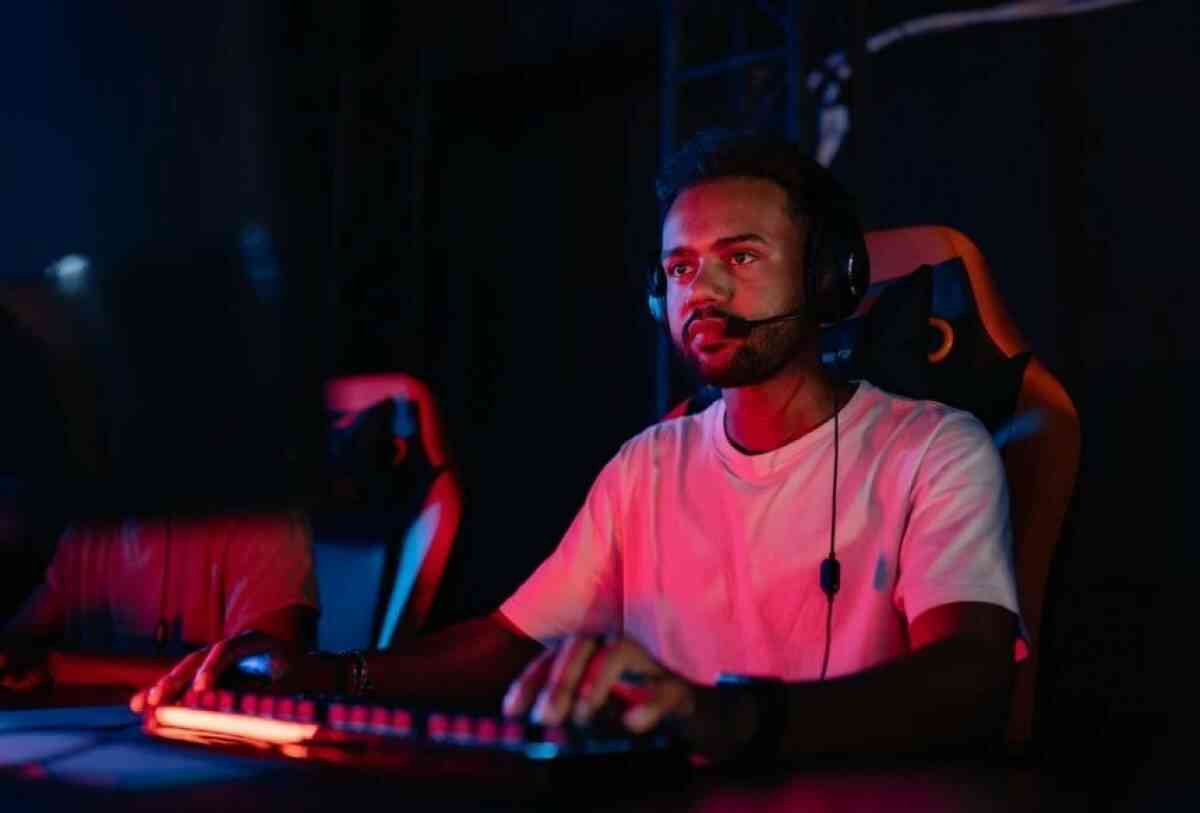Tips For Building A Compact Yet Powerful Computer
- - Category: Electronics
- - 05 Jul, 2022
- - Views: 749
- Save

Here are a few things to consider when custom building a high-performance yet compact and affordable computer.
Why should you build a compact and powerful computer? Why not just buy a new one? Here are some reasons why you should build your own computer and how you can build a compact yet powerful one for under $1,000.
Why Build Your Own Computer?
Personalization
Whenever you build your own PC, you can choose every component of it: the motherboard, the case, the power supply unit (PSU), the CPU, RAM, graphics card (GPU), storage devices, and other components. The parts should be compatible with one another to avoid any compatibility issues or overheating issues in the future.
Relatively Low Cost
A PC built from scratch will always be less expensive than one purchased from a retailer or manufacturer. When you buy a pre-built PC from a store, they have already factored in the cost of designing the computer. So, building one yourself is a wonderful way to save money. Often you can find better deals on individual components than you can on complete machines.
High Performance
In addition to being able to build the machine exactly the way you want it, you'll be able to build an incredibly powerful one at a far lower price than if you bought one. You can build a high-performance computer that can manage gaming, video editing, and other demanding tasks.
How to Build a High-End PC for Under $1,000
You need to keep three things in mind when building a high-end PC.
First, you should look for components that offer the best value. This means buying a CPU that is powerful enough to manage all your needs, and a GPU that can render great graphics. You should also make sure that you have enough RAM and storage space.
Second, research the best PCB solutions. Printed circuit boards (PCBs) help make today's electronics small yet efficient. They support and wire surface-mounted and socketed components. Printed circuit boards were first developed in the 1930s. In 1936, Austrian inventor Paul Eisler created the first PCB based on Charles Ducas' circuit design. Modern PCBs are far more sophisticated, incorporating innovative technologies and materials. Electronic devices are smaller, faster, and more dependable than ever before because of advances in PCB design and manufacturing.
Third, select the right case and cooling solution. The right case protects your components and keeps them cool. Your PC will run smoothly and prevent overheating with a good cooling solution. You can even get cooling fans that have RGB lighting effects for more aesthetic appeal.
Conclusion
If you're looking for a new challenge or simply want to save some money on owning a compact and powerful computer, building your own may be just what you need. Keep these tips in mind as you start your build.


